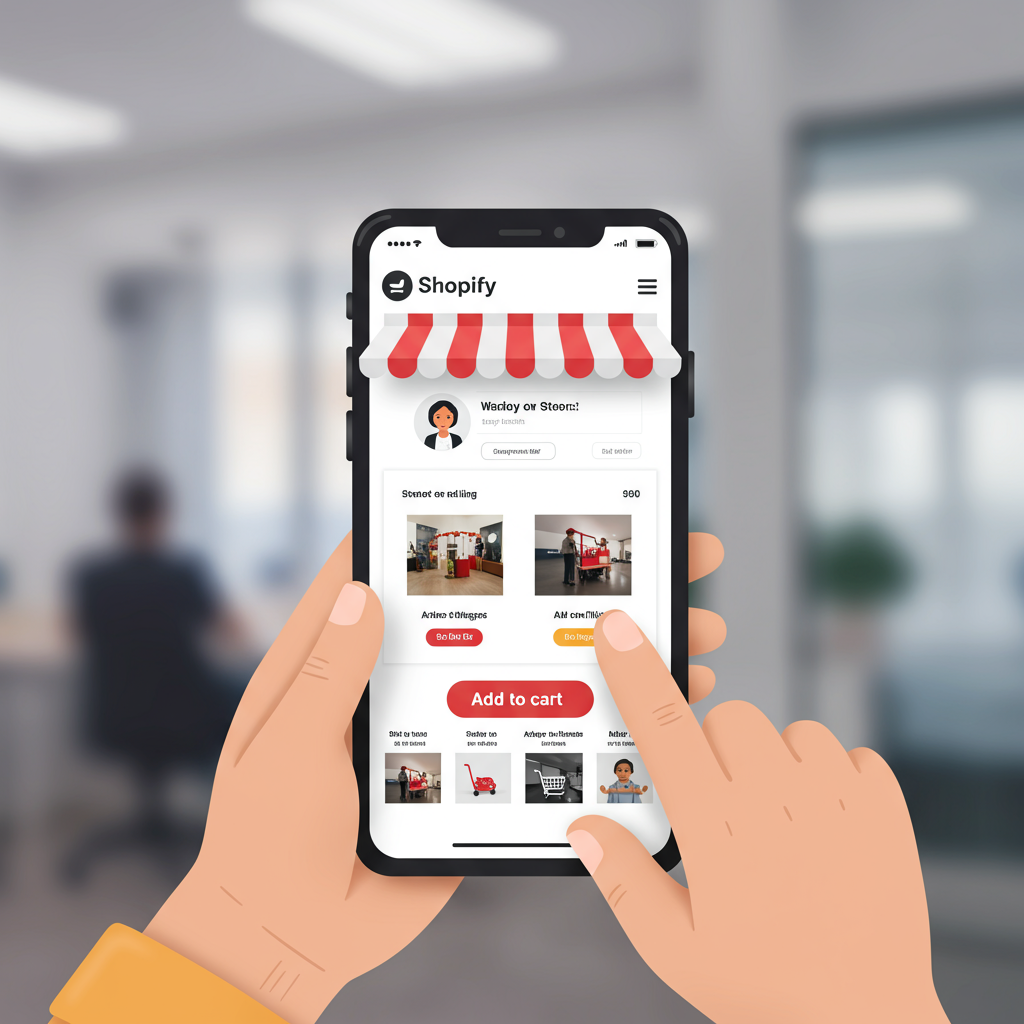Optimizing Your E-commerce for the Smartphone Generation
Hello fellow Shopify merchants! Today, I want to talk about something incredibly vital for your online success: designing a mobile-first Shopify store.
In my experience, this isn’t just a trend; it’s the standard. More and more, your customers are browsing, discovering, and purchasing from their smartphones.
Think about it: when was the last time you made a significant online purchase without at least checking it on your phone first? Probably not recently.
Ignoring mobile optimization is like closing your doors to a huge segment of your potential customer base. It’s simply not an option in today’s e-commerce landscape.
So, what exactly does “mobile-first” mean? It means designing your store with the smallest screen in mind first, then progressively enhancing it for larger screens.
This approach forces you to prioritize content, focus on essential elements, and ensure a seamless experience even with limited screen real estate.
My first piece of advice is to choose a mobile-responsive Shopify theme. Shopify’s theme store offers many excellent options that are built with responsiveness in mind.
When selecting a theme, I always look for one that clearly states its mobile-friendliness and offers a clean, uncluttered layout. Simplicity is key on mobile.
Next, let’s talk about speed. Mobile users are notoriously impatient. A slow-loading site will lead to high bounce rates and lost sales.
I always emphasize optimizing images. Large, uncompressed images are a major culprit for slow load times. Use tools to compress them without sacrificing quality.
Shopify has built-in image optimization, but I often use external tools or apps to ensure my images are perfectly sized and compressed for web use.
Beyond images, minimize unnecessary apps and scripts. Every extra piece of code adds to your load time. Only keep what truly adds value to your customer’s journey.
Navigation is another critical area. On mobile, complex menus are a nightmare. I recommend using a clear, concise “hamburger” menu icon.
Ensure your main categories are easily accessible and that the search bar is prominent. Customers on mobile often know what they’re looking for.
Product pages need special attention. Your product photos should be high-quality, zoomable, and optimized for mobile viewing.
I always make sure product descriptions are concise and scannable. Use bullet points and short paragraphs. Mobile users don’t want to scroll through walls of text.
The “Add to Cart” button must be large, clearly visible, and easy to tap. It should stand out and be positioned intuitively.
Think about the checkout process. This is where many mobile sales are lost. I strive for the fewest possible steps and minimal form fields.
Enable autofill options and offer popular payment methods like Shop Pay, Apple Pay, or Google Pay to speed up the process significantly.
I also consider the apps I install. Many Shopify apps are fantastic, but some aren’t fully optimized for mobile. Always test how they perform on a smartphone.
Before launching any new feature or making significant changes, I rigorously test my store on various mobile devices and browsers.
Use tools like Google’s Mobile-Friendly Test or Lighthouse to get insights into your site’s performance and user experience on mobile.
After launch, my work isn’t done. I constantly monitor my mobile analytics. Look at bounce rates, conversion rates, and time on site for mobile users.
These metrics provide invaluable insights into what’s working and what needs improvement. It’s an iterative process of refinement.
What do you think about the importance of mobile-first design for your Shopify store? I’d love to hear your thoughts and experiences.
Consider implementing Progressive Web Apps (PWAs) for an app-like experience without requiring an app store download. This is a more advanced step, but worth exploring.
While not always necessary for every store, Accelerated Mobile Pages (AMP) can also significantly speed up content delivery for specific pages like blog posts.
Finally, don’t forget about touch targets. Ensure all clickable elements – buttons, links, icons – are large enough and spaced adequately for easy tapping with a finger.
By embracing a mobile-first approach, you’re not just optimizing your store; you’re future-proofing your business and providing the best possible experience for your customers.
I truly believe that a well-designed mobile experience is the cornerstone of modern e-commerce success. It’s an investment that pays dividends.






